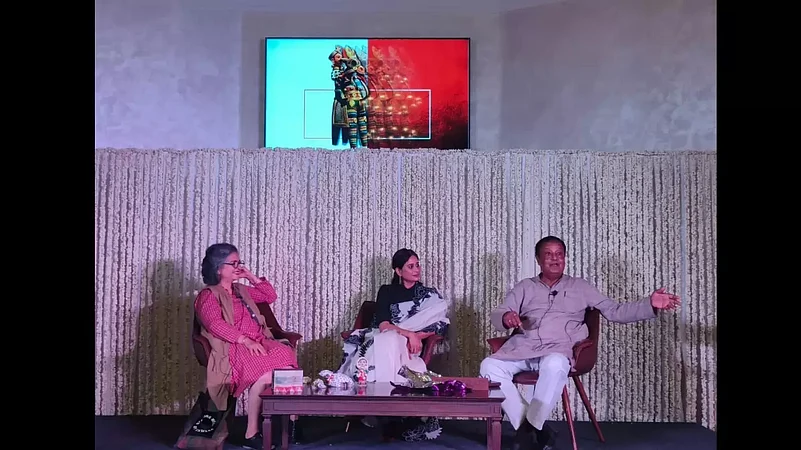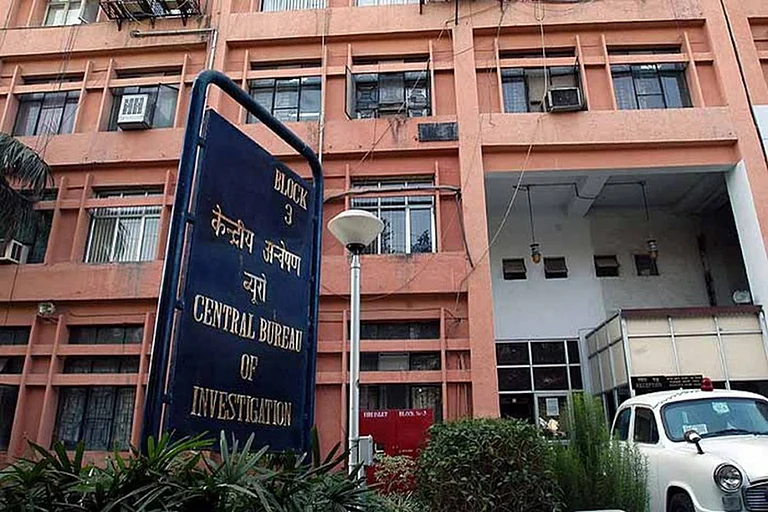At the first panel discussion at Bihar Museum Biennale in Delhi, artists Dayanita Singh and Anjani Kumar Singh speak with Chinki Sinha about how museums can become accessible and democratic. Not just in terms of accessibility for audiences but also inclusion and representation from all sections of population - be it the tribals, the diaspora.
It isn't just about bringing people to museums but also taking museums to people. That is the only way museums can sustain.
Museums of the future
Artist Dayanita Singh, "mother of museums", explains what museums of the future would or could be like.
"Museum of the future is small and portable - a suitcase museum on wheels," she says.
"Museums have to be inviting, they are activities, how communities are engaging with them. There has to be democratisation of museums," says Anjani Kumar Singh.
He further highlighted how museums have to provide hands on experiences, especially to children. "It’s important for museums to provide 'touch and feel’ experiences. We have to have faith in people, children (that they will not spoil the artefacts)," he says.
Against the hegemony of 'Please don't touch', the idea of Bihar Museum, as Anjani Singh says, comes from its democratisation. In a section, they keep the rockpaintings and several objects where people can touch it. Here lies the alternative concept where the public gets attached to the museum.
Objects functionality, collective memory
Objects of everyday use, when placed out of context or their own original place, become new objects seen in a new light.
Speaking on objects functionality and collective memory, Dayanita Singh says, "I once thought museums create Collective memory but in reality, they just become storage. Collective memory is created not in museums but in the home or one's one village or bedroom. So when we are able to take a museum home with us, it too becomes part of collective memory. That is a truly living museum, an archive that is alive in your house, that you can see and touch."
She further speaks about her great faith in museums. "People love stories. They want to experience other people and their stories," she says.


























